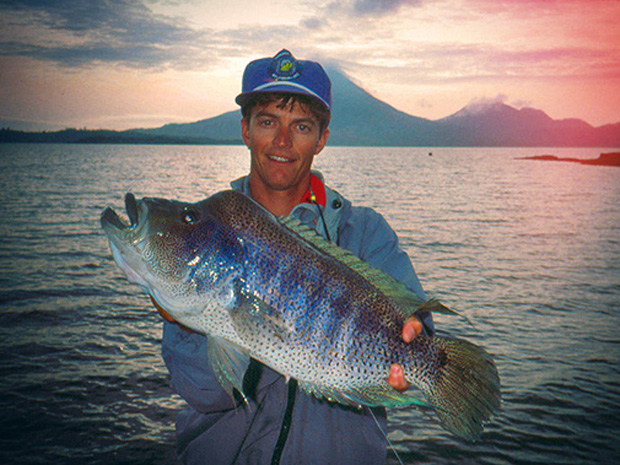
Dr. Jon Hare and his colleagues at the National Oceanic and Atmospheric Administration (NOAA) have just published the results of two years’ work: their first assessment of fish and shellfish species living along the New England coast.
What Hare and his colleagues have found: climate change is expected to decimate the populations and shift the range of more than half of the most commonly consumed New England fish and shellfish. About 30 percent of the species will likely be unaffected, and 17 percent are projected to benefit from climate change.
Increasing ocean temperatures, changes in ocean salinity and circulation, sea level rise and ocean acidification are some of the biggest threats to fish and shellfish. NOAA scientists project how ocean species’ numbers and ranges may change by using current trends in these changes and a database of information on conditions under which each species thrives.
The NOAA scientists have organized their findings in a color-coded chart that neatly summarizes species’ vulnerability. The idea is to make it simple for those overseeing the nation’s fisheries to understand which species are most likely to be harmed by climate change, and which may actually benefit from a rise in global atmospheric temperatures. This can help guide the development of conservation programs and fishing policy decisions, says Hare. READ the full story:voices.nationalgeographic.com



